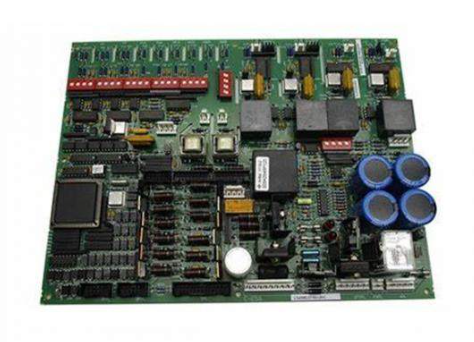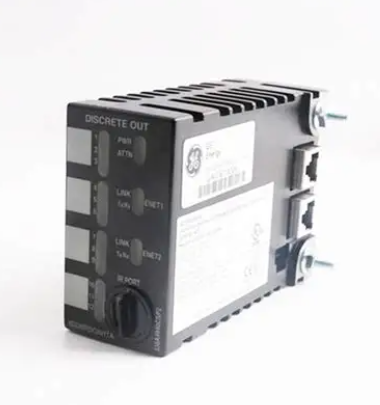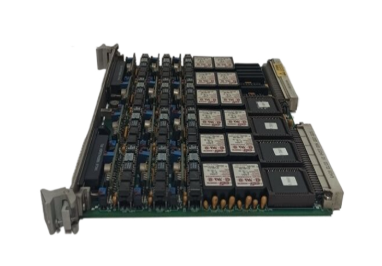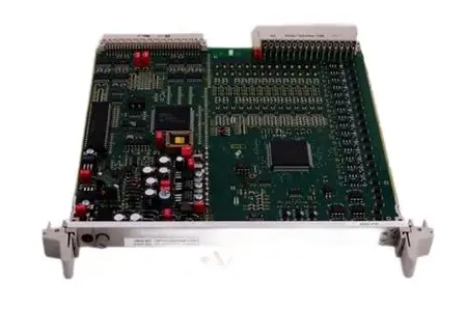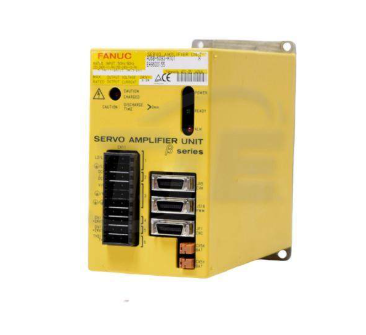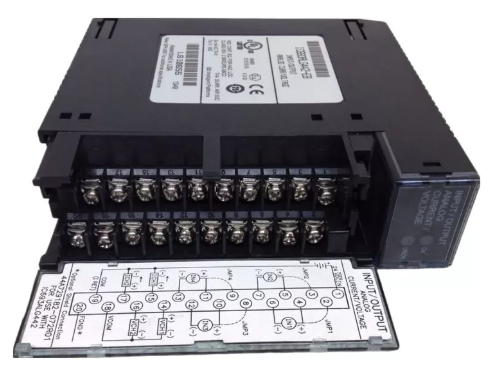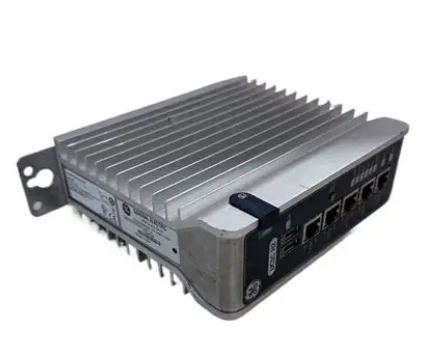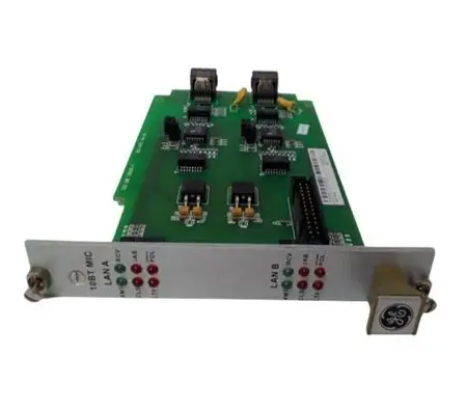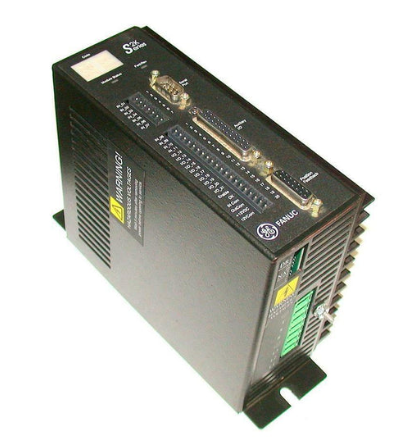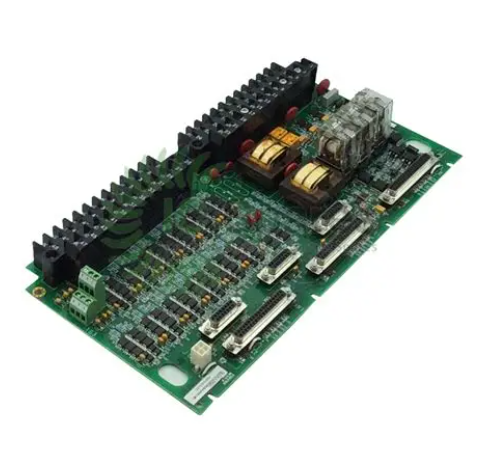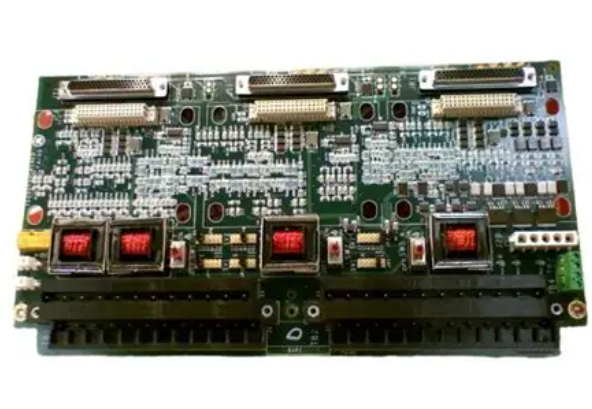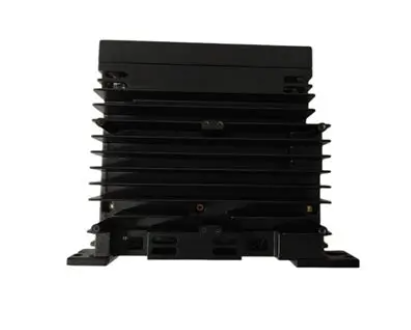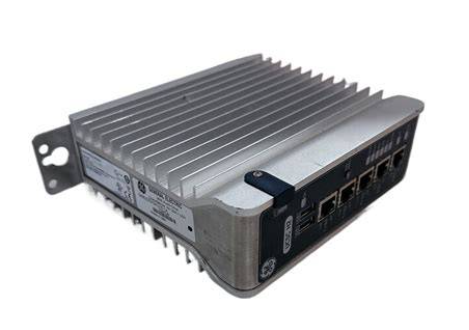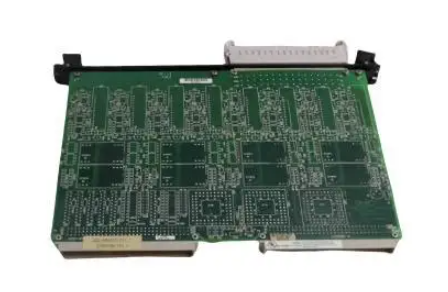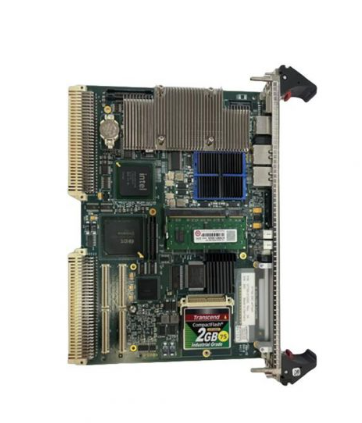GE VMIVME-5588 high-speed reflective memory board
Core function: Data transfer is achieved by writing data to the onboard global RAM, and the data is automatically sent to the corresponding memory locations of all reflective memory boards on the network, providing a fast and efficient way for data sharing between distributed computer systems.
GE VMIVME-5588 high-speed reflective memory board
Basic Product Information
Product type: VMIVME-5588 is a high-performance, daisy chain VME to VME network high-speed reflective memory board that supports interrupt functionality.
Core function: Data transfer is achieved by writing data to the onboard global RAM, and the data is automatically sent to the corresponding memory locations of all reflective memory boards on the network, providing a fast and efficient way for data sharing between distributed computer systems.
Main performance parameters
Network speed and transmission rate: High speed and easy-to-use network, serial speed up to 1.2 Gbaud; The data transmission rate is 29.5 Mbyte/s when there is no redundant transmission, and 14.8 Mbyte/s when there is redundant transmission.
Node and Distance: Supports up to 256 nodes; The distance between multi-mode fiber optic connection nodes can reach 1000 feet, single-mode fiber optic is 10 kilometers, and dual axis cable is 30 meters.
Memory configuration: The onboard SRAM can be configured from 256 Kbyte to 16 Mbyte, with corresponding addressing boundaries for different memory options; Supports A24: A32: D32: D16: D8 memory access.
Access and cycle time: Write access time is 100 ns, read best case is 200 ns, read worst case is 400 ns; VME write cycle time is 200 ns (20 Mbyte/s), read best case is 320 ns (12.5 Mbyte/s), read worst case is 520 ns (7.7 Mbyte/s).

Features
Interrupt function: Any node can generate interrupts to any or all other nodes by writing byte registers. There are three user-defined interrupts with functions, priorities, and vectors; Interrupts follow data transmission and are only confirmed after data reception. FIFO can stack up to 512 interrupts.
Error management: Utilizing the error detection function of the fiber channel encoder/decoder and additional interleaved parity encoding and checking to detect errors; Assuming a light error rate of 10-12, the error rate of VMIVME-5588 is 1.3 × 10 ^ -10 transmissions, and the undetectable error rate is less than 1.64 × 10 ^ -20 transmissions; If a node detects an error, it will remove the erroneous transmission. If enabled, it will generate a VMEbus interrupt.
Redundant transmission mode: It can work in redundant transmission mode, where each transmission is sent twice, with priority given to the first transmission. If an error occurs, the second transmission is used, and if both transmissions fail, the transmission is removed. In this mode, the probability of both transmissions containing errors is extremely low.
Data protection: After error checking, the received data is placed in the receive FIFO, and after arbitration with VMEbus access, it is written to SRAM and send FIFO; To prevent FIFO overflow in design, a status register bit will be set and an interrupt may be generated when the FIFO is half full. If it exceeds half full, the VMEbus throttling mode will be activated; If the receive FIFO exceeds half full, VME access will be paused.
Other features: No need for a processor to participate in network operations, no processor overhead; Any node can reset any or all other nodes; Compatible with VMIVME-5578 software; Software addressable digital output bits for interface with VMIVME-5599 optical switch board or other user-defined purposes; There are bits in the status register used to verify whether data is being transmitted in the loop and to measure network latency.

Hardware and Connection
Board type: Two slot 6U VMEbus board.
Node identification: Each node has a unique identification number between 0-255, determined by jumper wires on the board during hardware system integration, and can be read by software by accessing onboard registers.
Cable options: There are multi-mode or single mode fiber optic, dual axis cable options; VMIC offers compatible multi-mode fiber optic cables (ST connectors, up to 1000 feet, etc.) and dual axis cables (9-pin D-type connectors, up to 30 meters, etc.), but does not provide single-mode fiber optic cables. The equipment is compatible with single-mode fiber optic cables (SC connectors, up to 10 kilometers).
Connection configuration: Adopting Daisy chain ring configuration, each transmission is passed in the ring until it returns to the source node. The node will retransmit the received non self initiated transmission and can insert its own transmission in the transmission gap.
Physical and environmental parameters
Temperature range: 0 to 65 ° C for forced air cooling operation, -40 to 85 ° C for storage.
Relative humidity: 20% to 80%, no condensation.
Mean Time Between Failures (MTBF): 88005 hours (217F standard).
Power requirement:+5 VDC, maximum 5.0 A.

- EMERSON
- Honeywell
- CTI
- Rolls-Royce
- General Electric
- Woodward
- Yaskawa
- xYCOM
- Motorola
- Siemens
- Rockwell
- ABB
- B&R
- HIMA
- Construction site
- electricity
- Automobile market
- PLC
- DCS
- Motor drivers
- VSD
- Implications
- cement
- CO2
- CEM
- methane
- Artificial intelligence
- Titanic
- Solar energy
- Hydrogen fuel cell
- Hydrogen and fuel cells
- Hydrogen and oxygen fuel cells
- tyre
- Chemical fiber
- dynamo
- corpuscle
- Pulp and paper
- printing
- fossil
- FANUC
- Food and beverage
- Life science
- Sewage treatment
- Personal care
- electricity
- boats
- infrastructure
- Automobile industry
- metallurgy
- Nuclear power generation
- Geothermal power generation
- Water and wastewater
- Infrastructure construction
- Mine hazard
- steel
- papermaking
- Natural gas industry
- Infrastructure construction
- Power and energy
- Rubber and plastic
- Renewable energy
- pharmacy
- mining
- Plastic industry
- Schneider
- Kongsberg
- NI
- Wind energy
- International petroleum
- International new energy network
- gas
- WATLOW
- ProSoft
- SEW
- wind
- ADVANCED
- Reliance
- YOKOGAWA
- TRICONEX
- FOXBORO
- METSO
- MAN
- Advantest
- ADVANCED
- ALSTOM
- Control Wave
- AB
- AMAT
- STUDER
- KONGSBERG
- MOTOROLA
- DANAHER MOTION
- Bently
- Galil
- EATON
- MOLEX
- Triconex
- DEIF
- B&W
- ZYGO
- Aerotech
- DANFOSS
- KOLLMORGEN
- Beijer
- Endress+Hauser
- MOOG
- KB
- Moxa
- Rexroth
- YAMAHA
- Johnson
- Westinghouse
- WAGO
- TOSHIBA
- TEKTRONIX


Email:wang@kongjiangauto.com







































































































